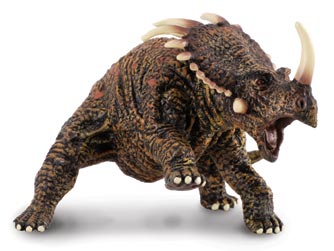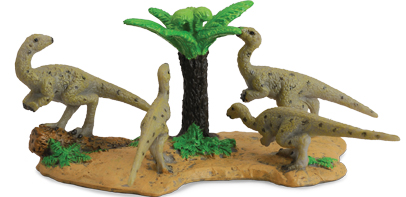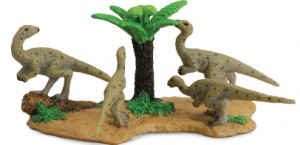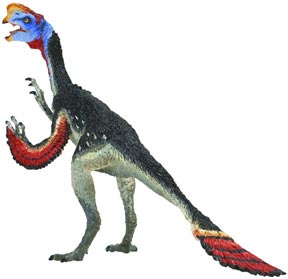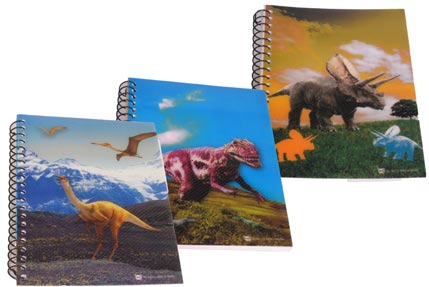Window into Arctic life 70 Million Years Ago
Insight into the Late Cretaceous Arctic – Not the place for a Swim
A joint Canadian, Polish and US team of scientists have braved Arctic conditions to research and report upon a 70 million-year-old ecosystem uncovered in the Arctic Circle. Freshly excavated and mapped fossil bearing sediments in the Canadian province of Nunavut in the far north of Canada have provided an unique insight into the fauna of a Late Cretaceous sea. A number of new animals have been discovered plus a large amount of plesiosaur material, ancient shark teeth, fossil sponges and even some prehistoric poo (coprolite).
First discovered by geologists surveying the northern tip of Devon island in the 1980s the sediments remained unexplored until the joint Polish, Canadian and American team set out to study this area in more detail. Their research has revealed that during the Late Cretaceous this area was much warmer than today and supported a rich ecosystem of marine life.
The paper detailing the team’s research has just been published in the Proceedings of the British-based Royal Society. Approximately 73 million years ago (Campanian faunal stage), this area was covered with a shallow, semi-tropical sea that supported a variety of strange and exotic creatures, including the long-necked, fish eating plesiosaurs. On the shore there were large conifer forests which would have thrived in the short Arctic summers, with perhaps migrating herds of duck-billed dinosaurs visiting the region to take advantage of the long daylight hours in the spring and summer months.
The Late Cretaceous Arctic
The prehistoric world uncovered by the palaeontologists contrasts with the bleak conditions to be found on Devon Island today. It is uninhabited (in fact it is probably the largest area of land on Earth not to be permanently inhabited by people). A few birds are indigenous to the area, and some hardy musk ox scrape out a meagre living grazing on the lower slopes of the island’s uplands.
One of the more exciting finds are the thick bones and armour-like scales of an unidentified type of fish, estimated to have grown to approximately 2 metres in length and a new species of sponge, preserved in three-dimensional perfection. The sponge, Nunavutospongia irregulara, is named for the Canadian territory where it was found and was the subject of a separate paper published earlier in the Canadian Journal of Earth Sciences.
All of the specimens are being held on behalf of the Nunavut government by the Canadian Museum of Nature in Ottawa, where palaeontologist Stephen Cumbaa, a co-author of the study along with other scientists is continuing the research.
Cumbaa said the “mystery fish,” which isn’t likely to have been a major predator, “doesn’t look like anything else that’s been described. We’re still trying to piece it together enough to decide what we’ve got.”
The largest animals living in the area at the time seem to have been the Elasmosauridae (long-necked plesiosaurs). These fish-eating marine reptiles reached lengths in excess of 15 metres. As a group they went extinct at the end of the Cretaceous.
An Illustration of a Typical Elasmosaur

Picture credit: Mike Fredericks
To see a model of plesiosaur and other marine reptiles: Marine Reptiles and Prehistoric Animal Models.
Devon Island is also important to geologists and palaeontologists for a number of reasons. Firstly, it contains a number of important mineral resources and secondly, as it is the site of a remarkably well preserved meteorite impact crater (called the Haughton impact crater). A large extraterrestrial body crashed into the island approximately 39 million years ago. During this period the area was still relatively warm compared with today and there were forests covering the island. However, the cold climate of this region today has helped preserved the impact crater in pristine condition, permitting scientists to study the effect of such impacts in great detail.
The knowledge gained about meteorite impacts in the cold conditions of Devon Island have helped NASA scientists predict the likely conditions to be encountered when probes visit the planet Mars.


